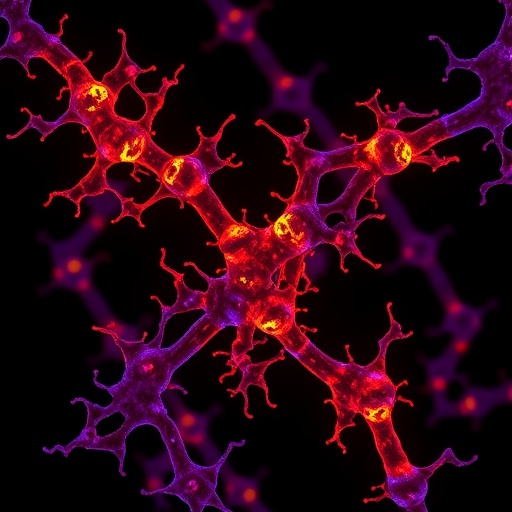Research sheds light on protein housekeeping mechanism
Scientists have shed light on a biological process that helps the production of healthy cells, which may aid understanding of neurological diseases and other conditions.
Researchers examined a housekeeping mechanism which removes faulty proteins as they form. This process, which is common to many living things, removes damaged proteins, preventing their accumulation in cells, tissues and organs.
An improved understanding of how flaws can occur in protein production could help explain other diseases, including some forms of anaemia and growth retardation.
Scientists from the University of Edinburgh used the simple model organism yeast to look at how proteins are produced. During this process, genetic information encoded in the DNA is first copied into a related molecule called RNA and then used to produce proteins.
The team concentrated on a part of this mechanism that removes proteins that become stalled part way through their formation. This clears the way for further proteins to be produced.
Scientists studied a yeast protein known as Hel2, using UV light to identify where this protein touches molecules involved in protein production. These interactions help Hel2 identify flaws in protein formation.
When researchers removed the parts of Hel2 in direct contact, this prevented the destruction of faulty proteins, showing that these contacts are important for the mechanism.
Partly formed proteins can not only be dysfunctional but may be toxic, for example when they form protein clumps resembling those associated with Alzheimer’s or Parkinson’s. The study, published in Nature Communications, was supported by the European Molecular Biology Organisation and Wellcome.
Dr Marie-Luise Winz, of the University of Edinburgh’s School of Biological Sciences, who led the study, said: “The process of removing stalled proteins during production is found throughout nature, so we know that it is of fundamental importance to life. Greater knowledge of how this occurs could potentially aid progress in the understanding of many diseases.”
###
Media Contact
Catriona Kelly
[email protected]
44-779-135-5940
http://dx.




